15 Vintage Fashion Eras Every Collector Should Know
Vintage fashion offers a glimpse into the past, showcasing the ever-evolving styles that have shaped the way we dress today. Each era in fashion tells a unique story, from the opulent gowns of the Victorian era to the rebellious punk looks of the 1980s. Collecting vintage fashion pieces is not only about appreciating their beauty but also about understanding the history and culture they represent. These garments capture the spirit of their time, reflecting societal changes, trends, and individual expression.
This post may contain affiliate links, which helps keep this content free. Please read our disclosure for more info.
Victorian Era (1837–1901)
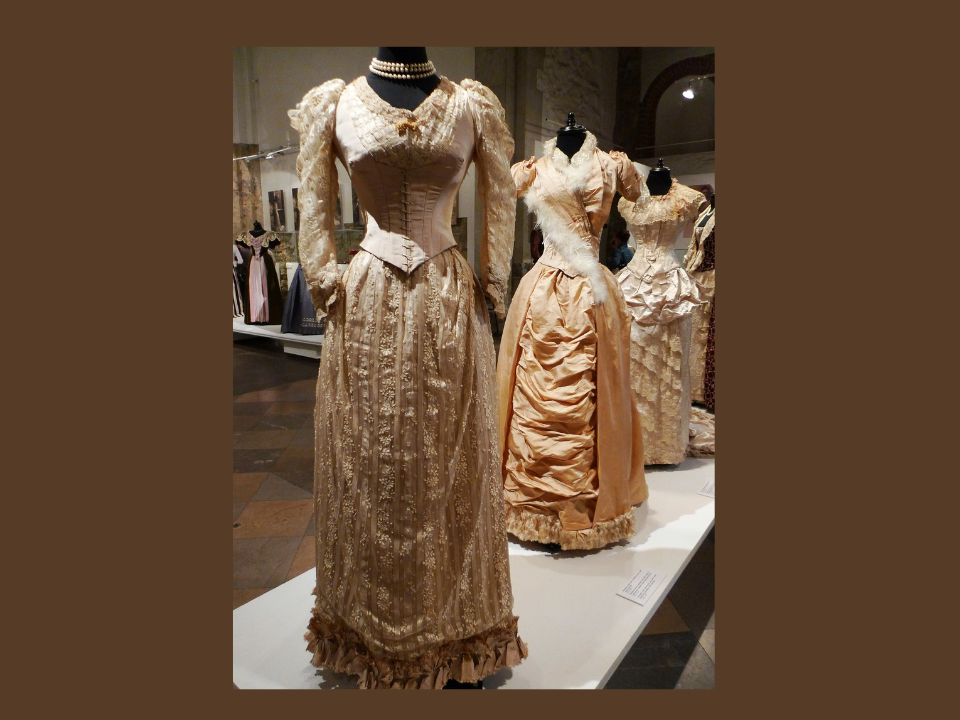
The Victorian era is known for its detailed and elaborate fashion. Dresses were often made from luxurious fabrics like silk, satin, and velvet, adorned with lace, ribbons, and corsets. The influence of Queen Victoria’s style was key, with high-necked collars, long sleeves, and full skirts. Corsetry was a major element in women’s fashion during this time, creating a distinctive hourglass shape that became a symbol of femininity.
Collecting Victorian pieces today is popular due to their craftsmanship and historical significance. Items such as dresses, hats, and gloves from this era are highly sought after by collectors. The estimated value of a well-preserved Victorian gown can range from $300 to $1,500, depending on the garment’s condition and uniqueness.
Edwardian Era (1901–1910)
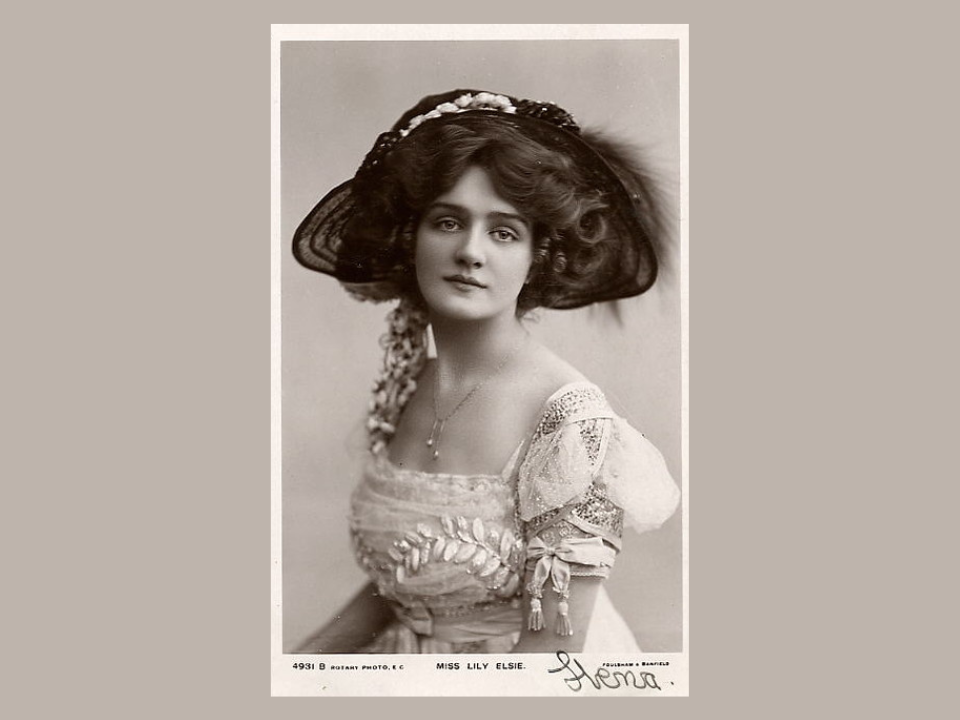
The Edwardian era is characterized by elegant and refined fashion. Women wore S-bend corsets that emphasized a soft curve to the body, with high-waisted skirts and elaborate necklines. Evening gowns were often embellished with beadwork and floral patterns. Men’s fashion during this time also emphasized tailoring, with morning coats and formal suits being popular.
Edwardian garments are cherished by collectors for their fine details and luxurious materials. An original Edwardian dress can fetch anywhere from $500 to $2,000, with designer pieces reaching even higher values at auctions.
Roaring Twenties (1920s)
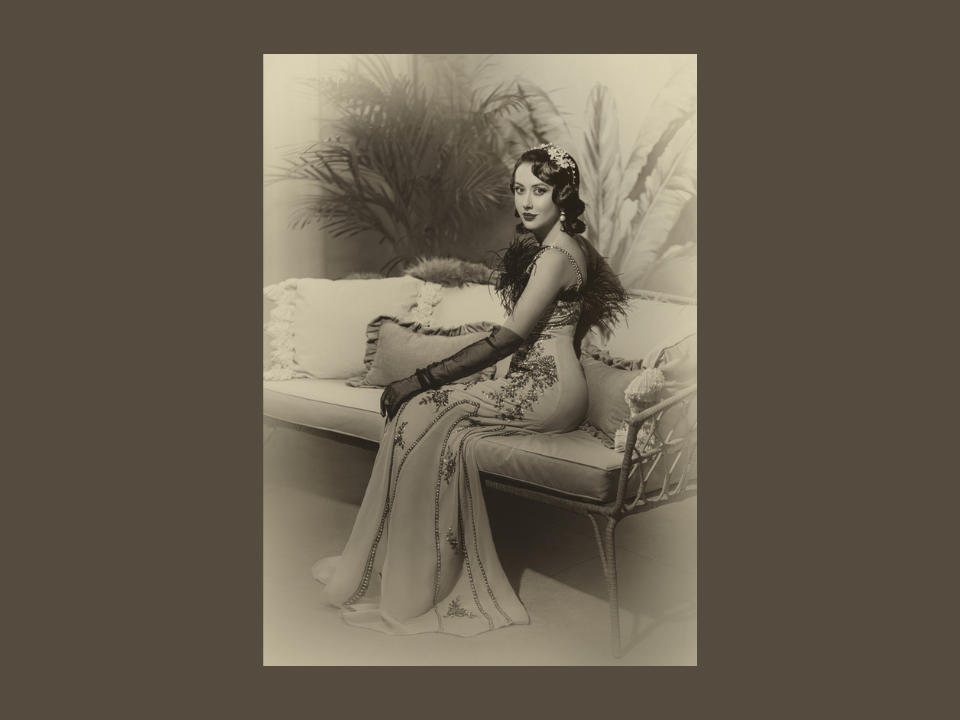
The 1920s, also known as the Roaring Twenties, brought a revolution in fashion, particularly for women. The iconic flapper dress with its loose, straight silhouette became the symbol of the decade. The fashion embraced freedom, with shorter skirts, bobbed hair, and bold patterns. Accessories such as headbands with feathers and long strands of pearls became essential to complete the look.
Vintage pieces from the 1920s are extremely popular among collectors due to their iconic status. An authentic flapper dress from this era can be worth $300 to $1,500, depending on the designer and condition of the garment.
World War II Era (1940s)
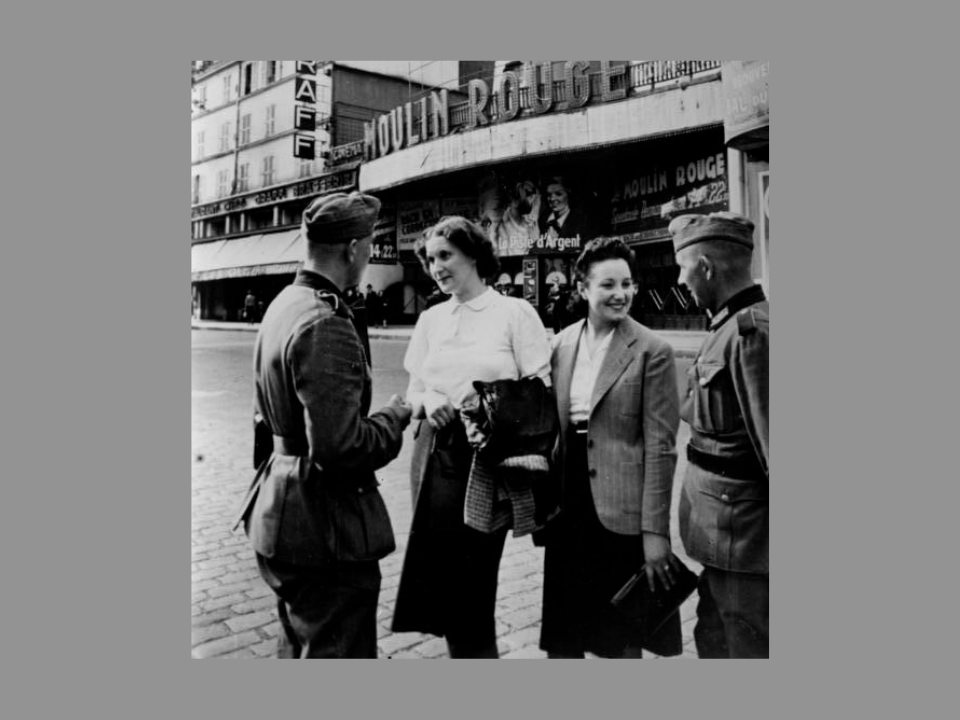
World War II brought about significant changes in fashion. With fabric rationing, clothing became more utilitarian. Women’s dresses often featured a more tailored and structured look, with shorter skirts and a focus on practicality. The influence of military uniform design is evident in women’s fashion, with strong shoulder lines and structured waistbands.
Collectible fashion from the 1940s is highly valued due to its historical significance and the scarcity of original pieces. Items from this era, particularly military-inspired clothing and vintage designer dresses, can be worth anywhere from $100 to $2,500.
Post-War Style (1950s)
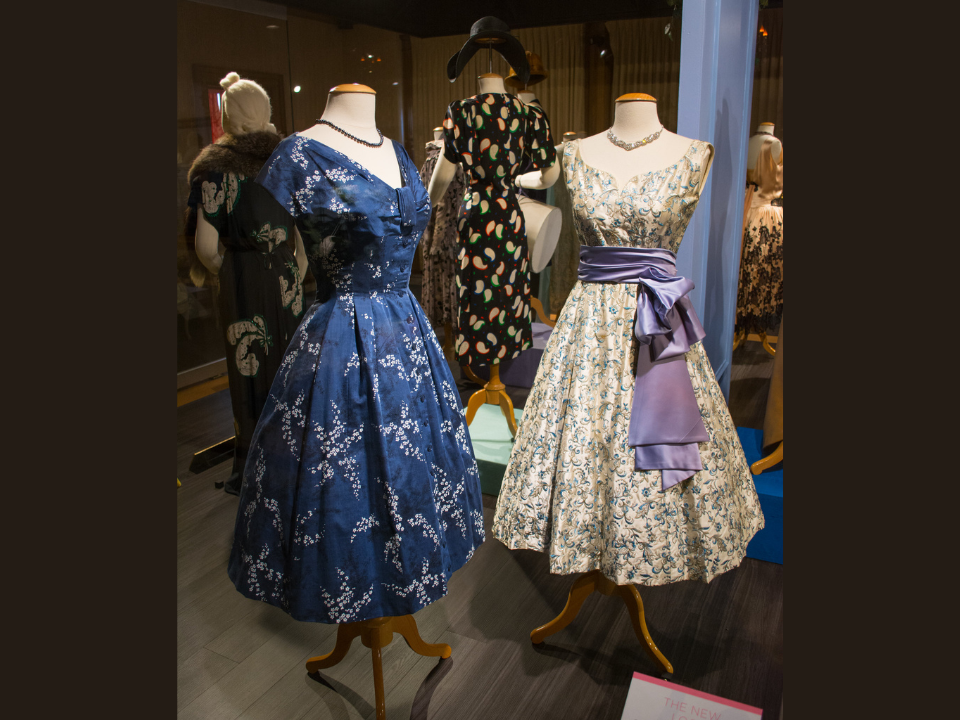
The 1950s saw a return to opulence and femininity after the austerity of the war years. Full skirts, hourglass silhouettes, and elegant dresses became popular, often influenced by the designs of Christian Dior. Men’s fashion also evolved, with the introduction of sharp, slim suits and brightly colored accessories.
The 1950s fashion items, particularly dresses and suits from renowned designers like Dior and Chanel, are in high demand among collectors. A 1950s Dior dress can be worth $1,000 to $4,000, while less well-known pieces may range from $150 to $500.
Mod Fashion (1960s)

The 1960s were marked by the rise of mod fashion, especially in the United Kingdom. The mod look included sharp, geometric patterns, mini skirts, and bold, colorful clothing. Designers like Mary Quant became famous for their innovative designs that reflected the youth culture and the burgeoning counterculture movement.
Vintage mod fashion is valued for its youthful and rebellious spirit. Original mod dresses or coats can fetch anywhere from $200 to $1,500, with pieces by top designers or worn by famous individuals increasing in value.
Hippie Fashion (1970s)
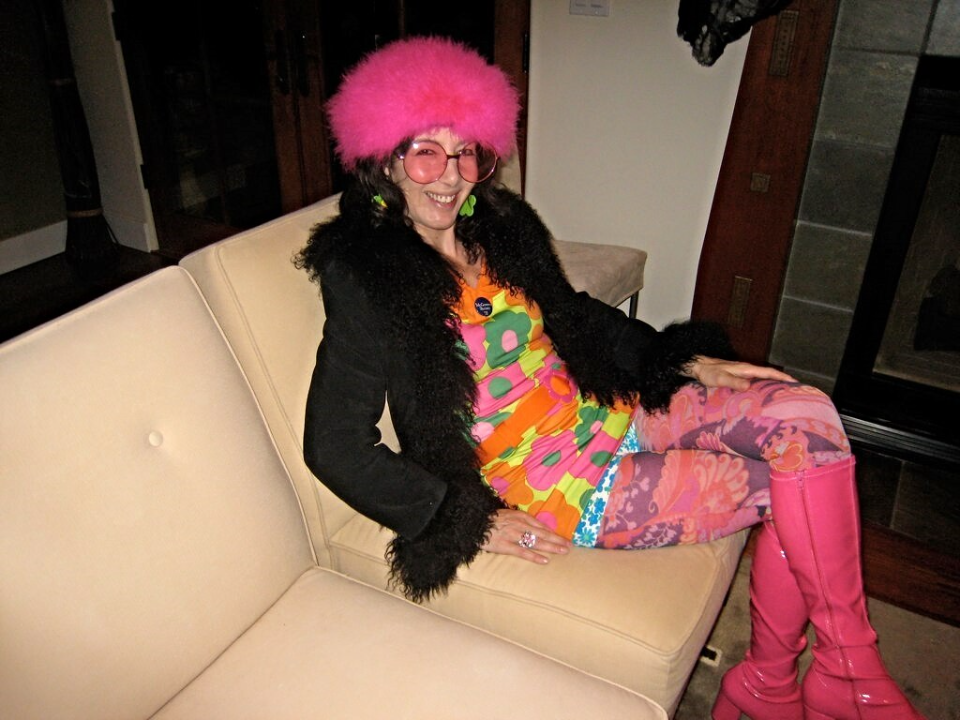
The 1970s was a decade known for its vibrant and eclectic style, which embraced bohemian and hippie influences. Bell-bottom jeans, tie-dye shirts, and long flowing dresses became common, reflecting the countercultural movement and a rejection of mainstream fashion. Accessories like large sunglasses and fringed leather jackets completed the look.
Vintage hippie clothing is sought after for its free-spirited vibe and iconic status. A well-preserved vintage boho dress or leather jacket can be worth $100 to $600, with designer pieces commanding higher prices.
New Wave (1980s)
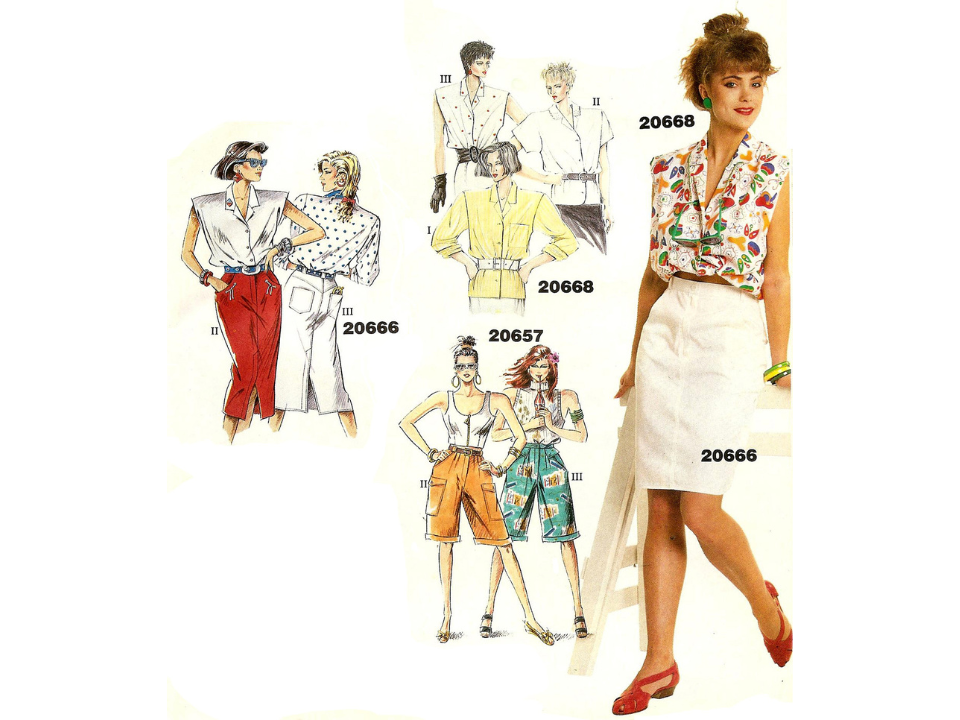
New Wave fashion in the 1980s was influenced by the rise of electronic music and the youth-driven subculture. The style was characterized by bold patterns, asymmetrical silhouettes, and vibrant neon colors. Leather, PVC, and metallic fabrics were often used, creating a futuristic and edgy look.
Collectors value New Wave fashion for its influence on modern style and its association with iconic musicians and fashion icons. A vintage New Wave jacket or dress can range from $100 to $1,000, with pieces worn by famous musicians commanding higher prices.
Minimalism (1990s)
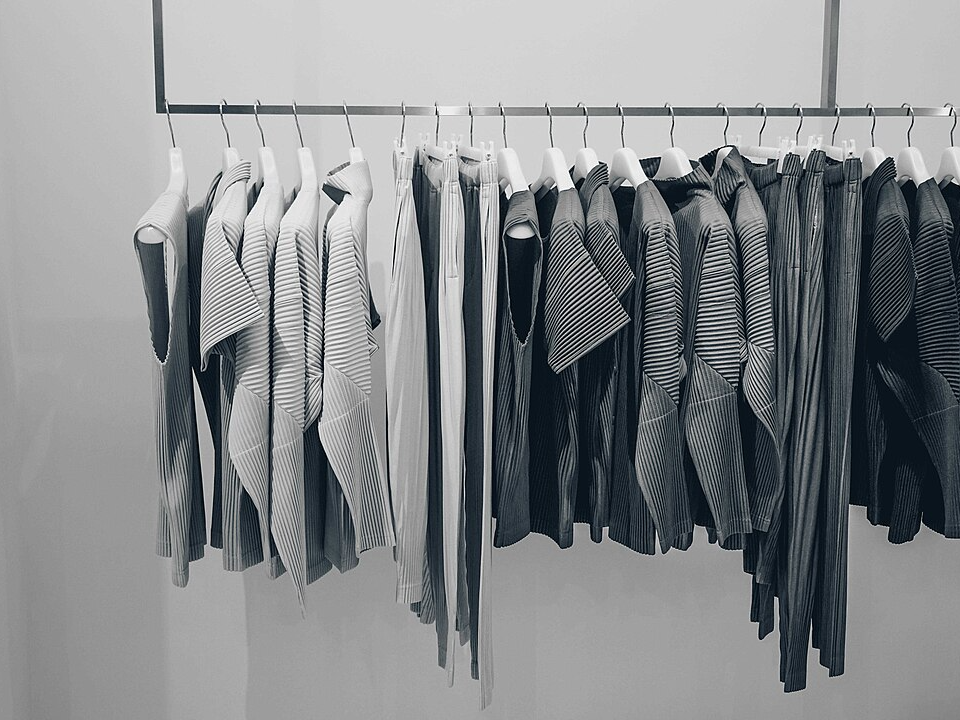
Minimalism in fashion became popular in the 1990s, focusing on simple cuts, neutral colors, and clean lines. Designers like Calvin Klein and Helmut Lang championed this look, rejecting the excess of previous decades in favor of understated elegance.
Vintage minimalist pieces are valued for their timeless quality and simple sophistication. A well-kept minimalist dress or suit from designers like Calvin Klein can range in value from $150 to $1,000, depending on the rarity and condition.
Gothic Fashion (1990s)
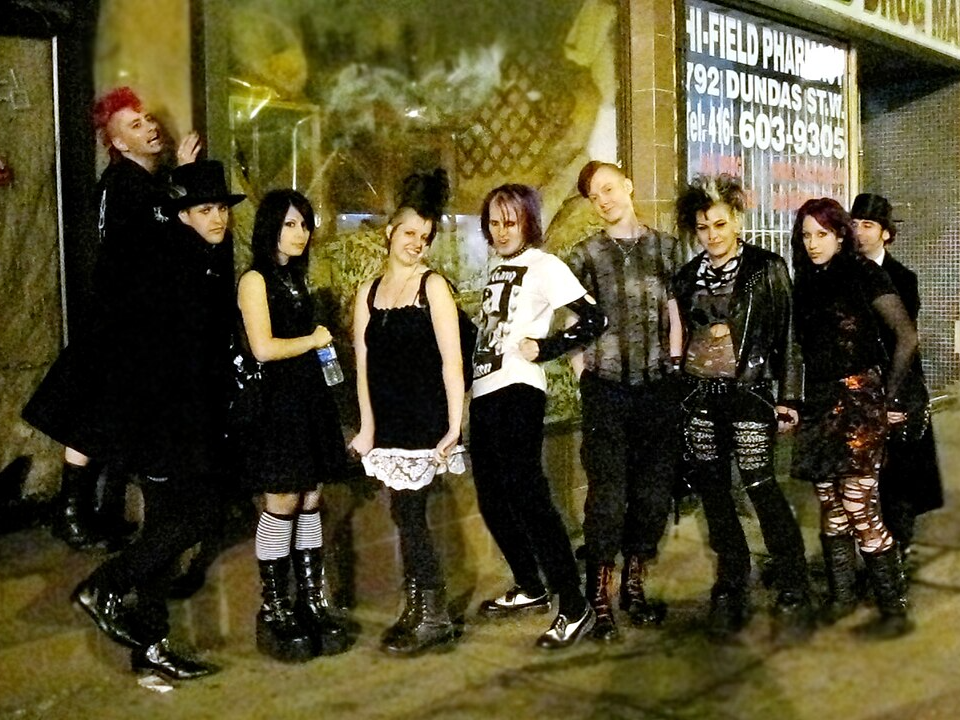
Gothic fashion in the 1990s was influenced by the gothic rock music scene. Dark clothing, heavy makeup, and accessories like chokers and corsets were key elements of the style. The fashion embraced both romantic and punk influences, with black being the dominant color.
Vintage gothic pieces, especially those from well-known goth designers, are highly valued by collectors. A vintage corset or gothic dress can range from $100 to $800, with rare items fetching higher prices.
Streetwear (2000s)
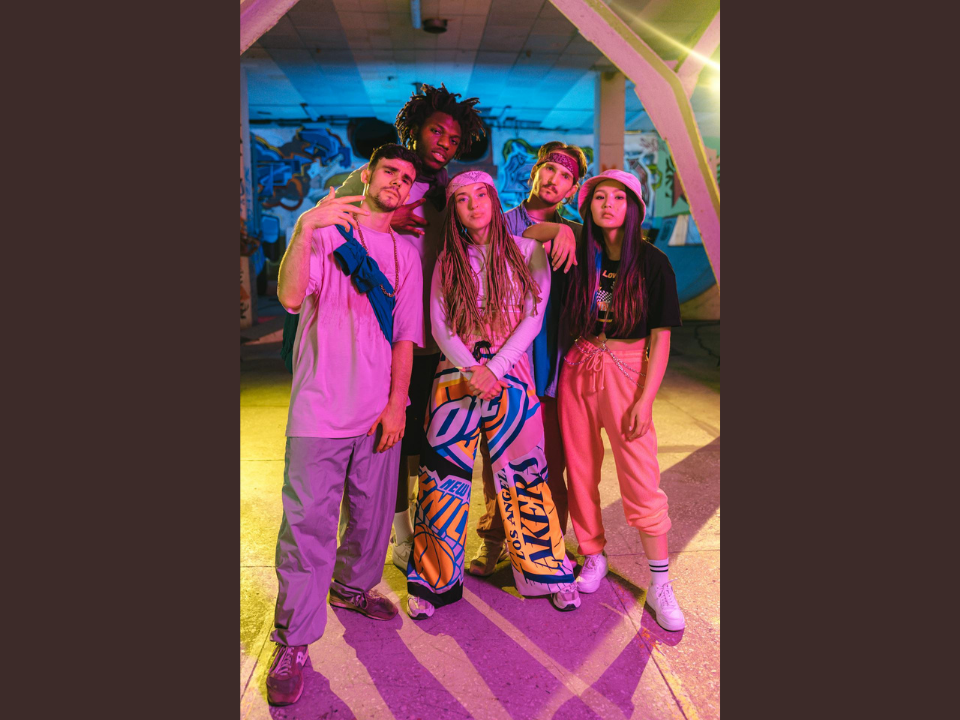
Streetwear, which originated from skate and hip-hop cultures, became highly popular in the early 2000s. It featured oversized clothing, graphic t-shirts, hoodies, and sneakers from brands like Supreme and BAPE. The style was heavily influenced by urban culture and youth movements.
Vintage streetwear items, especially those from iconic brands like Supreme, are in high demand among collectors. A Supreme hoodie or a pair of rare sneakers can be worth $200 to $3,000, depending on rarity and condition.
Fast Fashion (2000s)
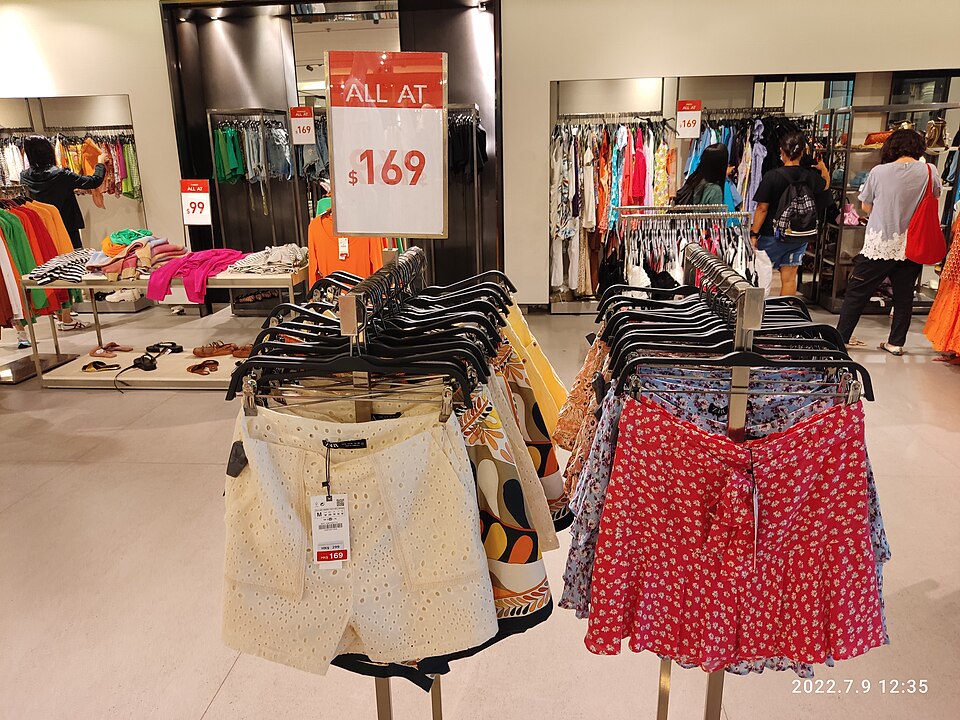
In the early 2000s, fast fashion became the dominant force in the fashion industry. Stores like H&M and Zara made trendy clothing affordable, resulting in a mass production of garments with shorter life spans. While fast fashion was once seen as disposable, certain pieces from the era have now gained collector value.
Vintage fast fashion pieces are valued for their historical significance in the fashion industry. A limited-edition item or collaboration from popular brands can range from $50 to $500, depending on the design and market demand.
Bohemian Style (2010s)
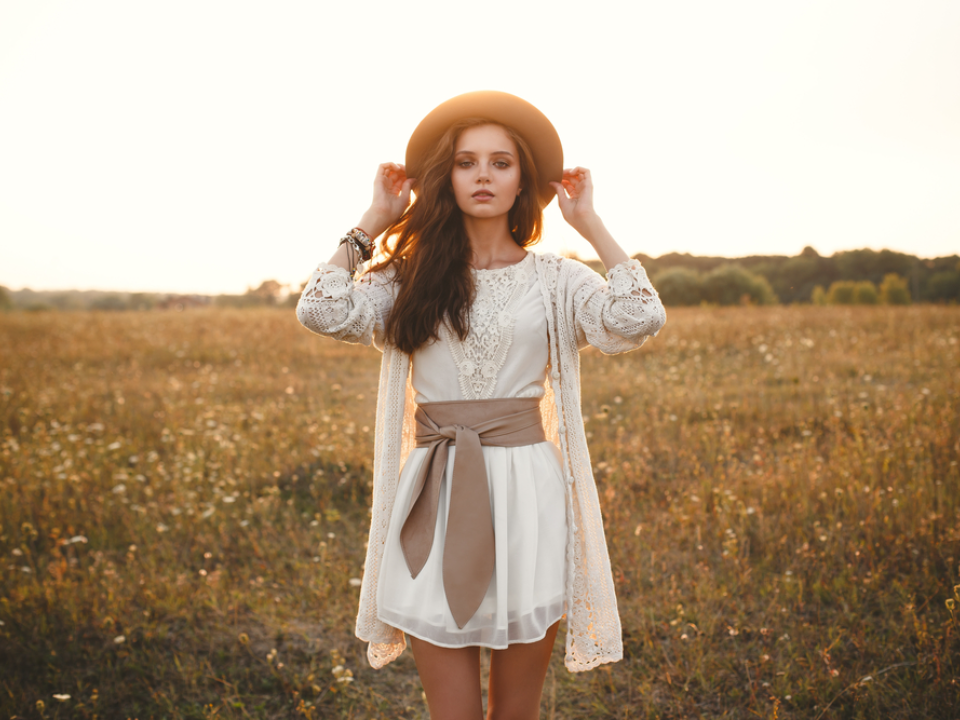
Bohemian style, often referred to as “boho,” reached its peak in the 2010s. The fashion embraced a free-spirited vibe, with flowing dresses, layered jewelry, and ethnic prints. Brands like Free People and Anthropologie were central to the boho look.
Vintage bohemian pieces are sought after for their unique patterns and relaxed vibe. A vintage boho dress or accessory can be worth $50 to $500, with items from iconic designers fetching higher prices.
Avant-Garde Fashion (2010s–Present)
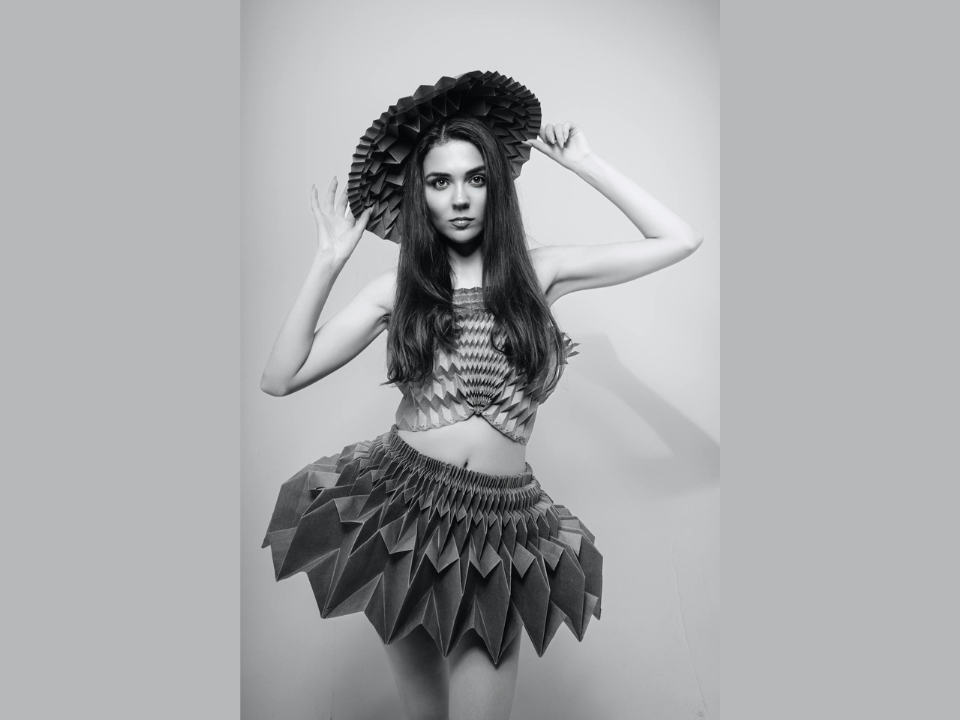
Avant-garde fashion is characterized by its experimental, artistic approach to design. It often features unusual silhouettes, unconventional materials, and a focus on conceptual fashion. Designers like Comme des Garçons and Martin Margiela have been at the forefront of avant-garde fashion.
Vintage avant-garde fashion is increasingly popular among collectors for its innovation and boldness. An original Comme des Garçons piece can range from $200 to $5,000, depending on the rarity and designer.
Designer Collaborations (2010s)

Designer collaborations, especially those between high-end fashion houses and streetwear brands, became a major trend in the 2010s. These collaborations brought luxury fashion to the masses and created limited-edition items that became highly collectible. Brands like Louis Vuitton and Supreme teamed up to create some of the most coveted pieces.
Vintage designer collaboration pieces are highly valuable due to their exclusivity and cultural significance. A limited-edition Louis Vuitton x Supreme item can range from $1,000 to $10,000 or more, depending on the piece and market demand.
This article originally appeared on Avocadu.
